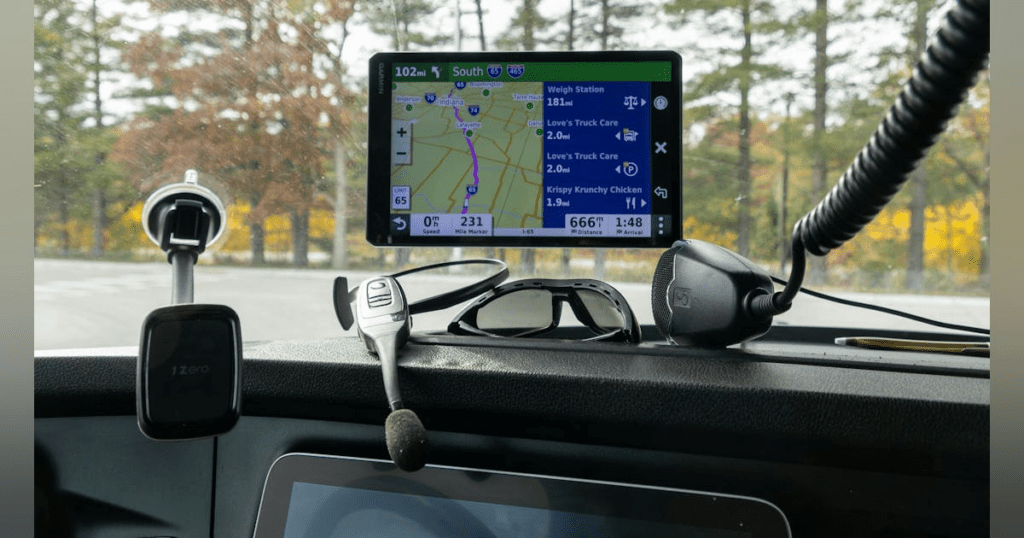Effective Vibration Reduction in Hardware
The same principle applies to hardware components. The fixtures that secure a gateway or dashcam—and the casings for device parts—offer a significant opportunity to minimize vibrations. This is crucial for dashcams, as vibrations can negatively affect image quality. The mounting systems must also be versatile enough to handle the diverse range of models, functions, and requirements of carriers.
Adaptability in Heavy-Duty Vehicles
“Heavy-duty vehicles account for most of our installations, yet there is no standardized design for windscreens and cabins,” stated Ben Calderon, EVP and chief technology officer of hardware and operations at Samsara, in an interview with FleetOwner. “These cameras need to adapt to various mounting conditions and should have the capability to monitor activities both inside and outside the vehicle.”
Mounting Solutions from Samsara
Samsara’s gateways feature a mounting bracket that can be attached to the vehicle using screws or zip ties. Meanwhile, their dashcam mounts utilize adhesive to adhere to any section of the windshield. Additionally, extra zip ties or cable clips can be employed to secure the devices’ cables effectively.
Rugged Design of Isaac Instruments
Likewise, the Isaac Instruments ELD tablet is engineered for durability. The company also incorporates custom-designed docking stations as mounting solutions to keep the device securely in place. One carrier, Peters Brothers Trucking, faced challenges with consumer-grade ELDs but realized significant advantages when they switched to a purpose-built ELD for trucks.
Benefits of Specialized ELDs
“The maintenance team was routinely disassembling dashboards to replace hardware,” shared Ann Reifsnyder, safety director of Peters Brothers Trucking, during an Isaac webinar. “Our shop only installs an Isaac device with a new unit. There’s no need for further adjustments—it’s essentially a set-and-forget solution.”
Endurance in Harsh Conditions
When built to withstand tough environments, telematics equipment can endure a variety of extreme conditions. Phoenix Global provides services in metal and mining sectors globally, deploying hundreds of heavy machinery in off-road applications, often in extremely rough conditions. “Most of our onsite machinery, particularly loaders and pot carriers, is situated next to molten metal, with temperatures exceeding 1,700 degrees,” explained Jeff Suellentrop, the company’s chief information and technology officer, in an interview with FleetOwner.
Partnership with Motive
After experiencing instances where equipment like taillights and backup cameras melted due to proximity to molten metal, Phoenix Global initiated an extensive RFQ process approximately a year ago to find suitable rugged devices for their operations. They partnered with Motive, whose choice of materials, form factor, and thorough testing allowed their products to face these challenges successfully. Phoenix Global subsequently rolled out hundreds of Motive devices across nearly all their U.S. locations and began utilizing several of Motive’s digital solutions. Suellentrop expressed satisfaction, stating, “It’s been fantastic. We’ve certainly put it to the test.”
Successful Installation and Maintenance
Motive assisted with the installation and upkeep of the hardware on all of Phoenix’s different equipment models and brands, identifying optimal mounting sites and providing additional coverings to guard against grime and debris. “We haven’t melted any equipment so far—and trust me, we’ve made attempts,” Suellentrop concluded.


